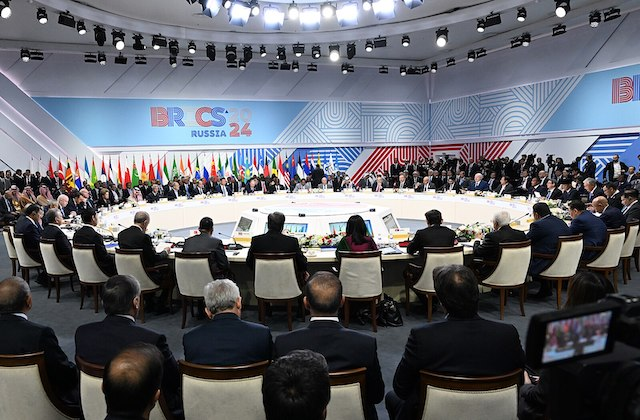What Is BRICS and Why It Matters
What Is BRICS?
BRICS stands for Brazil, Russia, India, China, and South Africa. It represents emerging economies aiming to challenge Western dominance in global governance.

The group promotes economic cooperation, trade, and sustainable development. It seeks a multipolar world order, reducing reliance on Western institutions. China leads the bloc, driving its initiatives. BRICS also pushes for reforms in institutions like the UN and IMF. Its growing influence draws interest from Global South nations.
BRICS is a group of 10 emerging economies: Brazil, Russia, India, China, South Africa, Egypt, Ethiopia, Iran, UAE, and Indonesia.
It started as BRIC in 2006, with South Africa joining in 2010. The term was coined by economist Jim O’Neill in 2001 to highlight fast-growing markets. BRICS promotes economic cooperation, trade, and development among members. It also runs the New Development Bank (NDB), funding infrastructure projects. In 2024, Egypt, Ethiopia, Iran, and UAE joined, followed by Indonesia in 2025.
Why BRICS Formed
BRICS formed to challenge Western dominance in global institutions like the IMF and World Bank. Emerging nations felt excluded from decision-making.
The group seeks a multipolar world, reducing reliance on the U.S. dollar. China drives de-dollarization efforts, promoting the yuan. BRICS fosters trade, investment, and sustainable development. It gives the Global South a stronger voice, countering Western sanctions and influence.
Why BRICS Matters
BRICS represents over 40% of the world’s population and 25% of global GDP. Its expansion strengthens its economic clout. The NDB offers an alternative to Western-led financing, funding projects in developing nations. BRICS challenges the U.S.-led financial system, pushing for reforms in global governance. Its growth draws interest from countries like Nigeria and Turkey, signaling a shift toward a multipolar world.
Recent Developments
In 2025, Indonesia became a full member, and Nigeria joined as a partner. Algeria entered the NDB in May 2025. Internal disputes stalled a joint statement in April 2025. Brazil, the 2025 chair, condemned trade protectionism. The U.S. threatened 100% tariffs if BRICS undermines the dollar. The next summit is in Rio de Janeiro, July 2025.

BRICS faces internal rifts, like India’s resistance to de-dollarization. New members disagree on issues like UN Security Council seats. The U.S. and NATO view BRICS as a rival. Despite challenges, BRICS’ expansion and focus on trade, climate, and governance reform make it a key player in reshaping global power dynamics.
The group failed to issue a joint statement at an April 2025 meeting due to internal disagreements. Brazil, the 2025 chair, condemned trade protectionism. Discussions on countering U.S. tariffs and climate goals continue. The next summit is set for July 2025 in Rio de Janeiro.
BRICS stands for Brazil, Russia, India, China, and South Africa. It represents emerging economies aiming to challenge Western dominance in global governance. The group promotes economic cooperation, trade, and sustainable development. It seeks a multipolar world order, reducing reliance on Western institutions. China leads the bloc, driving its initiatives. BRICS also pushes for reforms in institutions like the UN and IMF. Its growing influence draws interest from Global South nations.
BRICS continues to grow but faces hurdles. Internal disagreements and U.S. opposition challenge its unity. Yet, its expansion signals a shift in global power dynamics. The group’s focus on trade, climate, and governance reform keeps it relevant.
W

